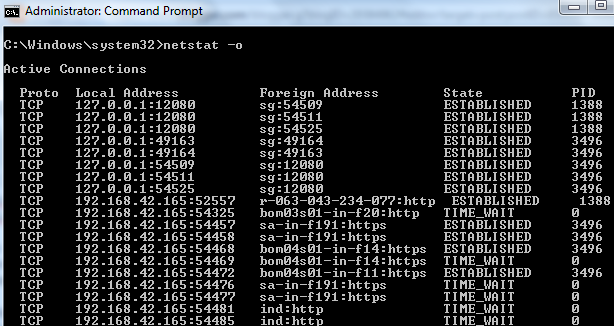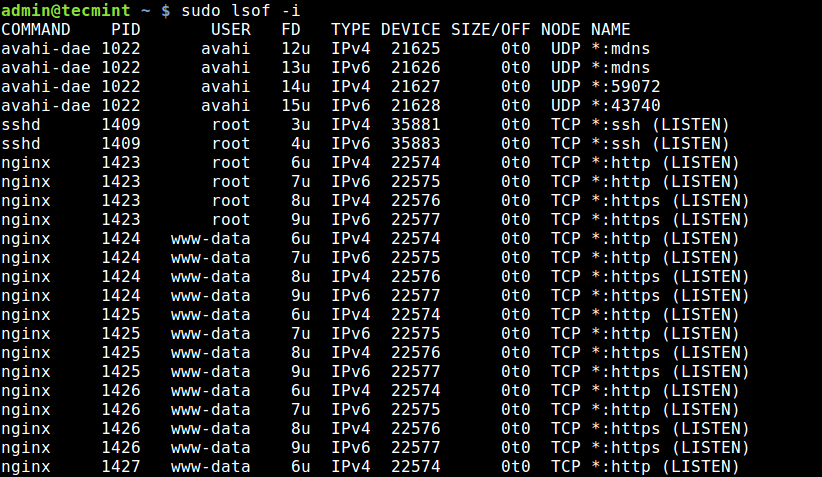
When you invoke netstat with the –r flag, it displays the kernel routing table in the way we’ve been doing with route. netstat or network statistics, is a command-line tool that displays network connections for the Transmission Control Protocol (both incoming and outgoing), routing tables, and a number of network interface (network interface controller or software-defined network interface) and network protocol statistics. It is in fact a collection of several tools lumped together. ^[[4dProto Recv-Q Send-Q Local Address^[[4 45HForeign Address^[[4 69HState

To log all the data into a text file, but this caused issues with the formatting as seen below, so would be best if i only collected the foreign address ^[[?1049h^[[1 40r^[(B^[[m^[[4l^[[?7h^[[H^[[2JEvery 300.0s: netstat -tn^[[1 138Hguest: Mon Aug 21 16:45:31 2017^[[3 1HActive Internet connections (w/o servers) I did try the following watch -n 300 netstat -tn > results_mon_27.txt Proto Recv-Q Send-Q Local Address Foreign Address State

Which should give an output like netstat -tnĪctive Internet connections (w/o servers)

Having a bit of an issue, i am looking to create a script which runs the following command every 60 seconds netstat - tn


 0 kommentar(er)
0 kommentar(er)
